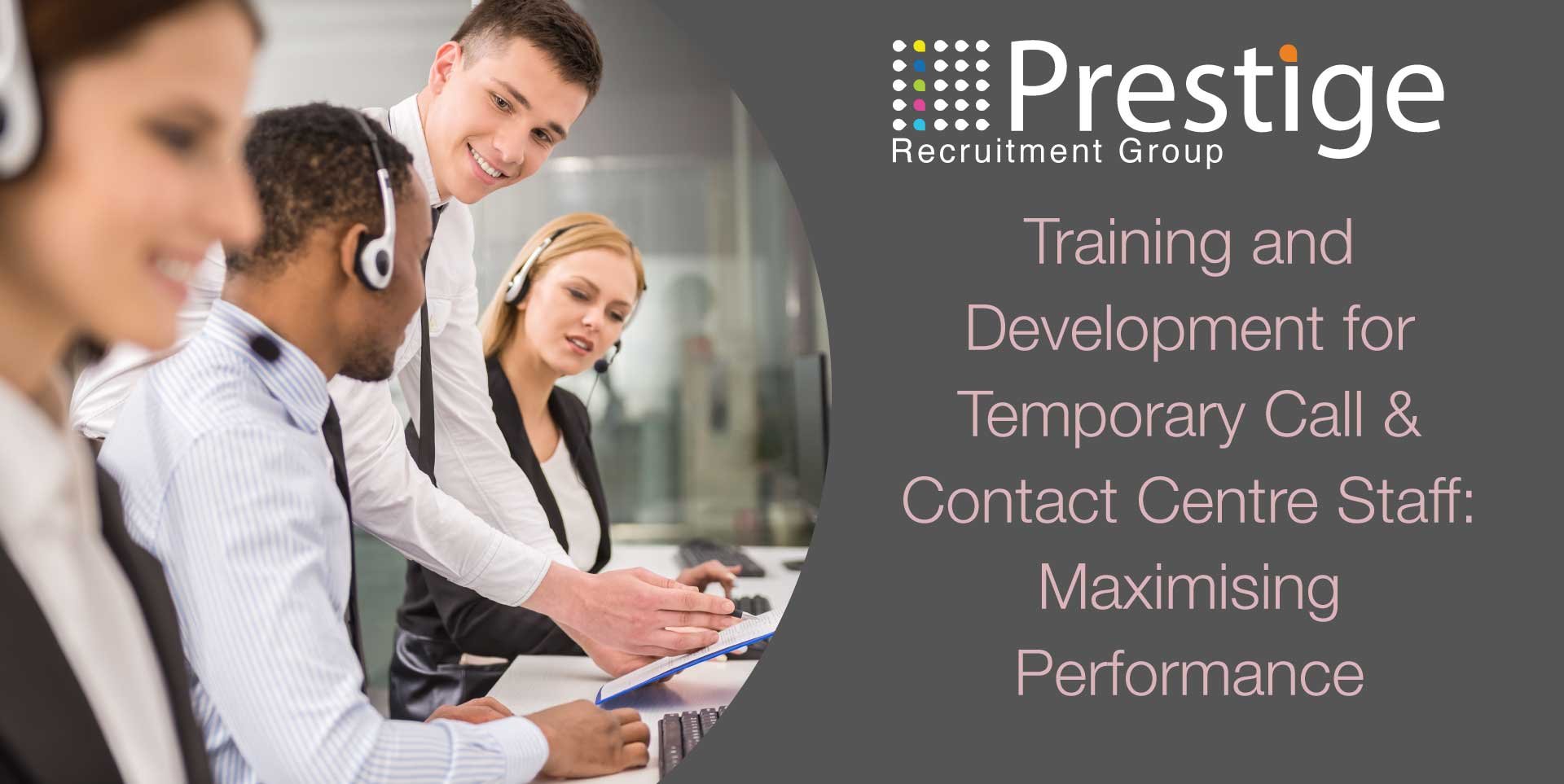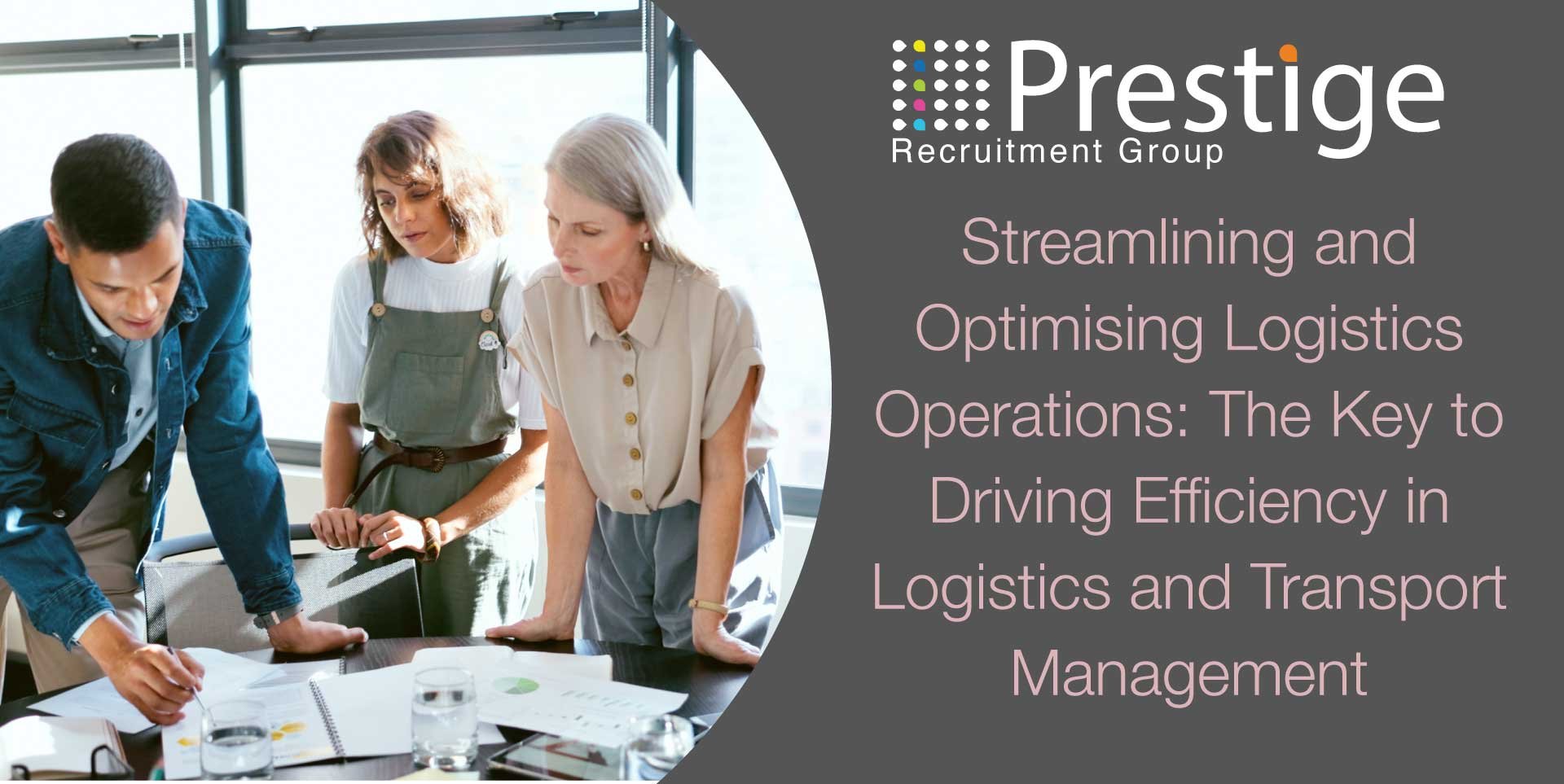In the fast-paced world of customer service, call and contact centres are integral in delivering exceptional experiences. They serve as the front lines of communication, connecting businesses with their valued customers. However, the success of a call centre or contact centre relies not only on cutting-edge technology and efficient processes but also on well-trained and skilled agents. This is especially crucial for temporary staff who may have limited experience in the industry. To maximise their performance and ensure consistent standards, it is essential to implement effective training and development programs.
This blog post will explore the importance of training and development for temporary call and contact centre staff. We will delve into strategies for quickly upskilling temporary employees, optimising training efficiency, and maintaining consistent performance standards. By adopting these strategies, call and contact centres can create a culture of continuous learning and improvement, ultimately leading to enhanced customer satisfaction and business success.
The Importance of Training and Development for Temporary Staff
1: The Value of Temporary Staff in Call and Contact Centres
Temporary staff play a crucial role in call and contact centres, especially during peak periods or when additional support is needed. They help to manage increased call volumes, maintain service levels, and ensure a seamless customer experience. While temporary staff may not have the same level of experience as permanent employees, their contributions are invaluable. However, to fully harness their potential and deliver exceptional service, it is essential to invest in their training and development.
2: Benefits of Training and Development for Temporary Staff
Training and development programs provide numerous benefits for temporary staff in call and contact centres:
Enhanced Performance: Proper training equips temporary staff with the necessary skills, knowledge, and confidence to handle customer interactions effectively. They learn how to navigate call centre systems, use communication tools, and deliver exceptional service, even in high-pressure situations.
Improved Customer Satisfaction: Well-trained temporary staff can provide a consistent and positive customer experience. They understand the importance of active listening, empathy, and problem-solving, which are key elements in creating satisfied and loyal customers.
Increased Efficiency: Training helps temporary staff become familiar with call centre processes and procedures, reducing the time required for onboarding. With proper training, they can quickly adapt to their roles and contribute to the overall efficiency of the contact centre.
Employee Retention: Investing in the training and development of temporary staff demonstrates a commitment to their growth and success. This can enhance employee morale, job satisfaction, and ultimately, retention rates. Temporary staff who feel valued and supported are more likely to stay with the organisation or return for future assignments.
Flexibility and Adaptability: Temporary staff often need to adapt to different environments, client requirements, and customer needs. Training programs equip them with the skills to quickly adapt and handle various scenarios, ensuring they can seamlessly integrate into different teams or projects.
Strategies for Upskilling Temporary Staff
1: Assessing Training Needs
Before designing training programs for temporary staff, it is crucial to assess their specific training needs. This can be done through skills assessments, interviews, or observation of their initial performance. By identifying knowledge gaps and areas for improvement, trainers can tailor training programs to address these specific needs.
2: Structured Training Programs
Structured training programs provide a systematic approach to upskilling temporary staff. These programs should cover essential topics such as customer service techniques, call handling procedures, communication skills, and using call/contact centre technology. Breaking down the training into modules or sessions ensures a logical flow of information and allows temporary staff to absorb the material effectively.
3: Blended Learning Approaches
Blended learning approaches combine various training methods to cater to different learning styles. This can include a mix of classroom training, interactive e-learning modules, role-playing exercises, and on-the-job training. By offering a variety of training methods, temporary staff can engage with the material in ways that best suit their individual learning preferences.
4: Real-Life Simulations
Simulating real-life call centre scenarios during training can be highly effective in preparing temporary staff for their roles. By using realistic customer scenarios, trainers can create a controlled environment where temporary staff can practice applying their skills and knowledge. This allows them to build confidence and develop their problem-solving abilities.
5: Technology Integration
Leveraging contact centre technology and software during training familiarises temporary staff with the tools they will use in their roles. This can include providing hands-on experience with CRM systems, call routing software and other relevant technology. By integrating technology into the training process, temporary staff can become more proficient and efficient in their tasks.
Optimising Training Efficiency
1: Training Material Customisation
To ensure training is effective, it is crucial to customise training materials to meet the specific needs of temporary staff. This includes tailoring materials based on the roles and responsibilities within the contact centre. Differentiating training for inbound and outbound agents, technical support agents, or sales representatives ensures training is relevant and applicable to their job requirements.
2: Interactive and Engaging Training
Engaging temporary staff through interactive activities, group discussions, and hands-on exercises fosters a supportive learning environment. Encouraging participation and creating opportunities for temporary staff to ask questions and share insights enhances their learning experience. Additionally, incorporating gamification elements into training can make the process more enjoyable and motivating.
3: Continuous Learning Opportunities
Training should not be limited to initial onboarding. Providing continuous learning opportunities for temporary staff allows them to enhance their skills and knowledge over time. This can include offering refresher courses, hosting training webinars, or providing access to online resources and knowledge bases. By promoting continuous learning, call and contact centres can maintain high-performance standards even as staff turnover occurs. Training and development should not stop after the initial onboarding phase. Offering ongoing training and development opportunities for temporary staff helps them continuously improve their skills and stay updated on industry trends. This can include providing access to industry webinars, training workshops, or online courses. By investing in their development, call centres and contact centres can nurture a highly skilled and adaptable temporary workforce.
4: Regular Evaluation and Feedback
Regularly evaluating the effectiveness of training programs is essential to ensure continuous improvement. This can be done through assessments, surveys, or performance evaluations. Soliciting feedback from temporary staff allows trainers to identify areas for improvement and make necessary adjustments to enhance training efficiency and effectiveness.
Maintaining Consistent Performance Standards
1: Performance Monitoring and Coaching
Monitoring the performance of temporary staff is crucial in maintaining consistent standards. Contact Centre Managers might consider implementing performance monitoring systems to track key metrics and identify areas for improvement. Additionally, providing coaching and feedback to temporary staff based on their performance data can help them refine their skills and achieve the desired performance outcomes.
2: Recognition and Rewards
Recognising and rewarding the achievements of temporary staff can help motivate and incentivise them to maintain consistent performance standards. This can include acknowledging exceptional performance, providing incentives or bonuses, or creating recognition programs. By celebrating their contributions, call and contact centres can foster a positive and supportive work environment.
Conclusion
Training and development programs are essential for maximising the performance of temporary staff in call and contact centres. By investing in their training and providing ongoing development opportunities, contact centres can equip temporary staff with the skills, knowledge, and confidence to deliver exceptional service. Through structured training programs, blended learning approaches, and continuous learning opportunities, temporary staff can quickly adapt to their roles and contribute to the overall success of the contact centre. By maintaining consistent performance standards through monitoring, coaching, and quality assurance programs, call and contact centres can ensure a seamless customer experience and drive business success.






























